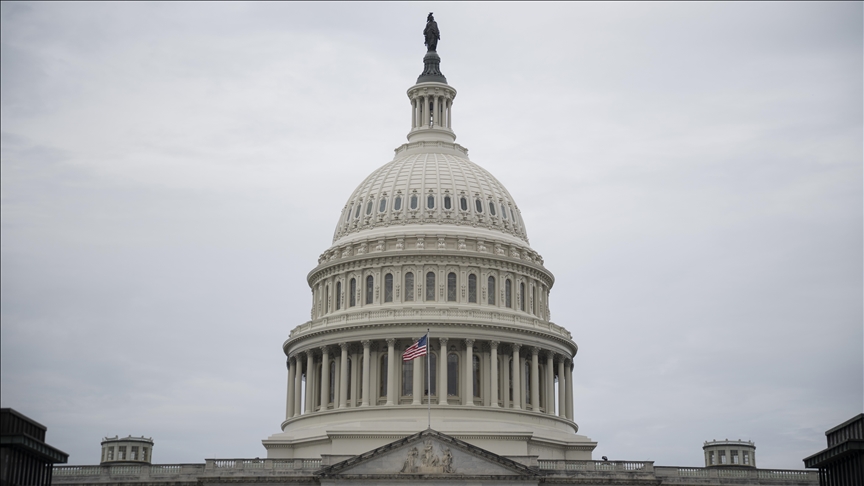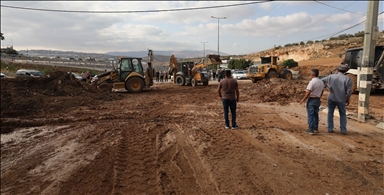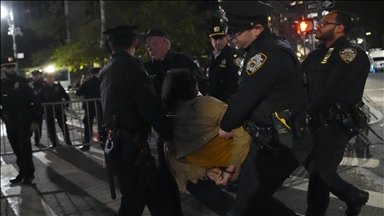US government shuts down amid impasse between Trump, Democrats
Key deadline passes without negotiators finding compromise

WASHINGTON
The wheels of government ground to a halt early Wednesday as negotiations between US President Donald Trump and congressional Democrats to fund the government failed to reach an agreement.
Negotiators had until midnight Tuesday to reach an understanding, but the deadline came and went with major differences persisting.
Democrats have sought to include health care reforms as part of any budget bill, including a reversal of part of Trump's signature tax law that established cuts to Medicaid funding, as well as an extension of subsidies under the US' quasi-universal health care law, known as the Affordable Care Act.
Republicans are instead demanding a "clean" continuing resolution devoid of any changes to existing spending.
The House of Representatives passed a bill Sept. 19. It would have funded the government at existing levels through Nov. 21, but it stalled in the Senate, where Republicans lack the number of seats to clear a 60-vote procedural hurdle to approve legislation.
Trump already laid claim to the longest shutdown in US history when funding lapsed in 2018 and continued for 35 days into 2019.
While a shutdown does not automatically result in a full-blown economic crisis, it creates major disruptions for many aspects of American life.
Many federal employees will be furloughed, or forced to work without pay, while others will be placed on mandatory leave until a new budget is approved. Each federal agency has its own shutdown plan, determining which government employees are essential.
Unlike past shutdowns, Trump has threatened to make additional layoffs if the government shutters.
Services like border security, hospital care, air traffic control, law enforcement and power grid maintenance were considered essential in previous shutdowns, while benefits like Social Security, Medicare and Medicaid continued.
Immigration services, for instance, are not affected by a government shutdown as they are funded by independent fees.
Some public services could suffer from a government shutdown. Environmental and food inspections may be affected, while factory inspections may be temporarily suspended.
National parks may close, and air travel delays and cancellations could occur due to air traffic controllers and security personnel working without pay.
The Bureau of Labor Statistics’ emergency plan states that economic data will not be published during a government shutdown, which means non-farm payrolls, a closely watched flow of data expected to be published Friday, may not be released.
The US has had 19 shutdowns lasting three days or less since 1981, while some prolonged shutdowns seriously affected federal government operations.








